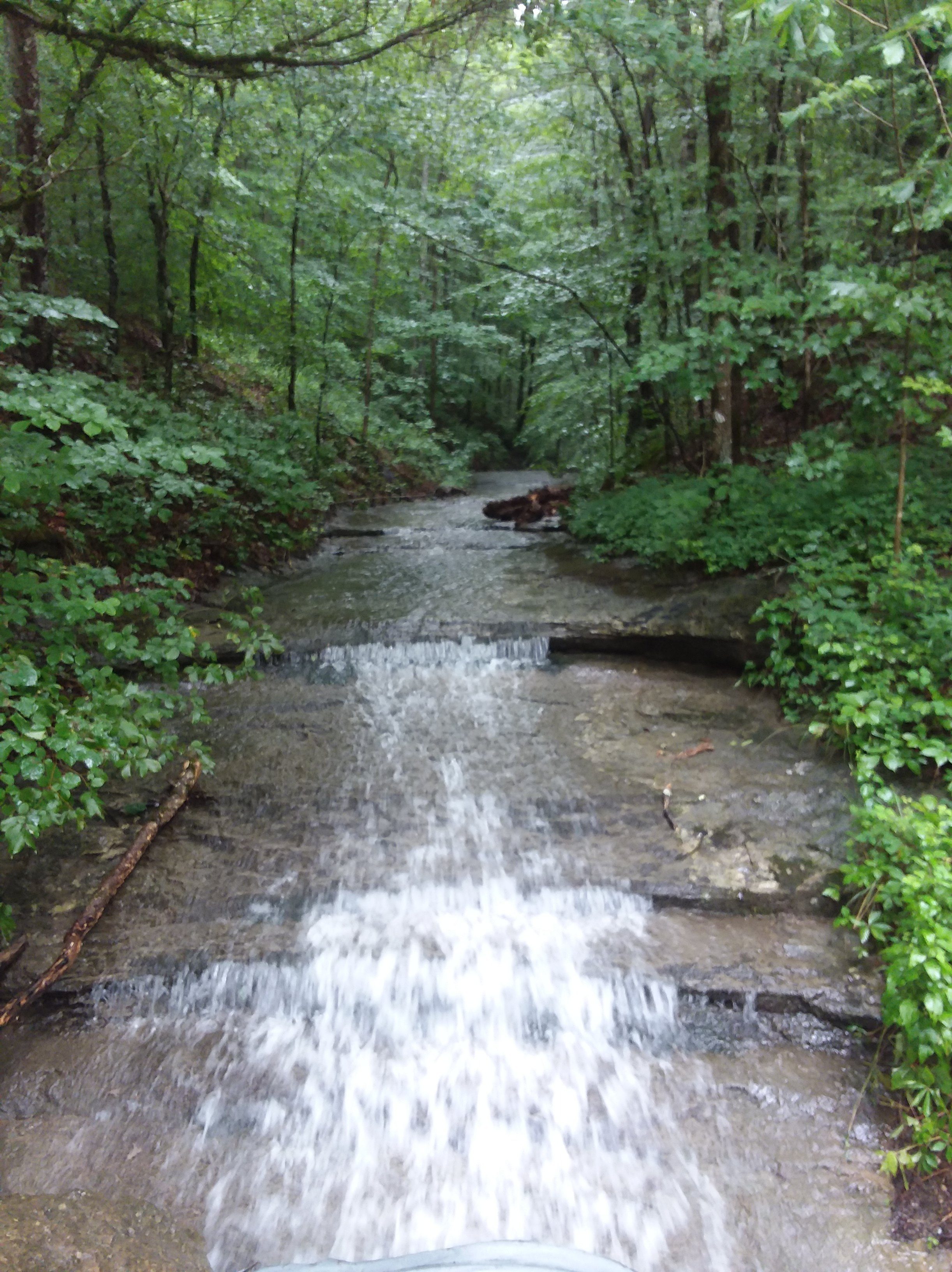When we first started dating we always got the cheese fries when we went out. Now we never eat out because we cook at home and everything homemade is always better. Here’s how we do it.
We use 1 to 2 potatoes (depending on the size) per person of what ever we want or have on hand. We have used them all golden, red, russet, sweet potato, purple sweet. They all work.

Chop the potatoes to be the size of a good fry, trying to get everything pretty well the same so they cook the same.

Drizzle just a touch of olive oil onto your slices and toss them with your desired seasoning. We get adventurous with this too. Sometimes it’s simple with a sprinkle of salt, pepper, and chili powder. At other times we might use a seasoning mix we’re currently putting on everything else. Make it you. For extra pizzaz you can also slice and onion and some garlic to cook with your potatoes. Just put them in about 5 minutes after the potatoes have already started their cooking to keep everyone from burning.
We have personally been using air fryers for the last 2 years but before that I used a baking sheet lined with parchment paper to cook the fries on in the oven. Fries are best achieved at higher temperatures. 400-425 degrees fahrenheit helps the outside to form that crisp edge, along with the oil we used to coat the fries. Lay them out into a single layer and flip them halfway through cooking if in a small air fryer or the oven.

These cook in our new large air fryer at 400 for 18 minutes, in our old small air fryer we used the fry preset which was actually the same perimeters we use now only with that one we had to take them out and flip them over to get both sides even. The process will be similar in the oven. They are done when they are fork tender.

Once the fries have cooked through, alternate layers of cheese and fries into a stack in the center of your pan. You can also use leftover chili for chili cheese fries or leftover taco meat for taco cheese fries at this time. Place back into the oven until the cheese has melted and the other toppings, if used, are warmed through.
Serve with ranch, chili toppings, or nacho toppings.
We are addicted to these and do some version of this about once a week.






























You must be logged in to post a comment.